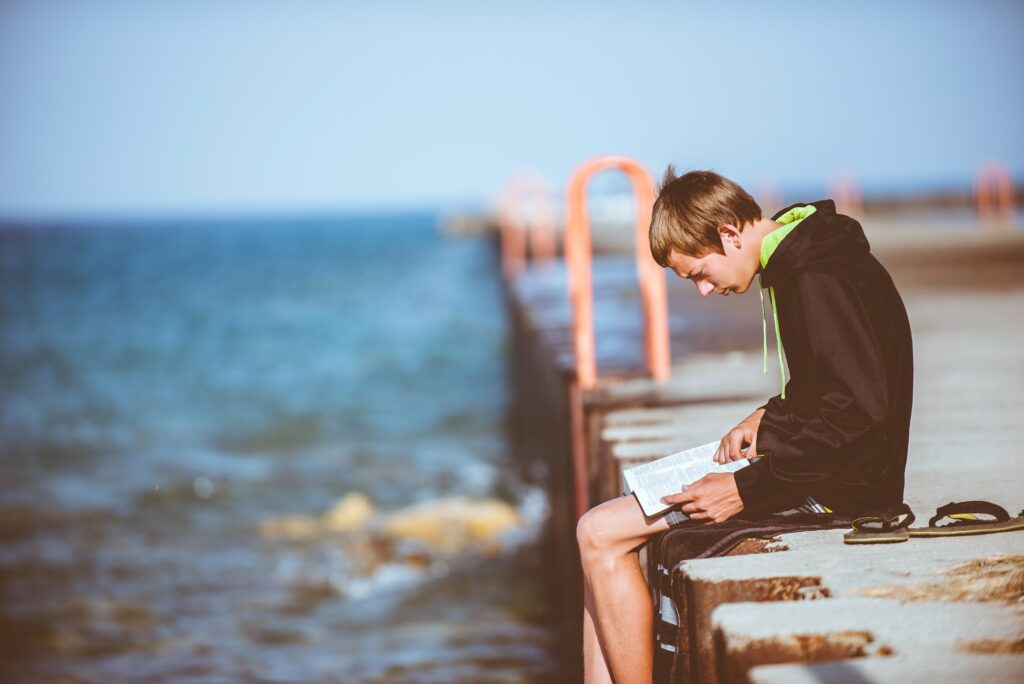He needs more than ‘awareness’ about autism.
This article appeared in The Washington Post on April 7, 2022.
Jackie Spinner is an associate professor at Columbia College Chicago and a former staff writer for The Post.
At dinner last week, I told my 10-year-old son that his school would celebrate World Autism Awareness Day. My son was excited, mostly because he loves a party, especially one where he might be the center of attention. It’s one of the ways in which he doesn’t fit the stereotype of people with autism. We’ve worked hard in recent years on greeting neighbors with a “Hello! How are you?” instead of “Look at me, Mr. Birney!”
I celebrate my beautiful boy every day. On April 2, I celebrate how more people are becoming aware of autism. The disability affects 1 in 44 U.S. children who were 8-year-olds in 2018, according to the latest data from the Centers for Disease Control and Prevention.
But awareness is not enough.
The same day that the world observed autism awareness, I found a sketch in my son’s math notebook that depicted him to one side and a group of kids to the other. In a word bubble above the group, he had written, “So I think you are not good enough.”
When I asked him about it, my fourth-grader burst into tears, grabbed the notebook and clutched it to his slender frame, his body shaking with the sorrow of a boy who has no real friends. He agreed to share his sketches and story for this op-ed. He was ashamed, he later told me. As he gets closer to middle school, he didn’t want me to know that he is often on the sidelines, alone.
But I know. Friends come to our door to ask for his 7-year-old brother, whose social life is filled with typical connections, including two bona fide “BFFs.” My middle son has already had his first slumber party, something his older brother desperately wants. There just is no one to ask.
My oldest son is judged every time he walks into a world that celebrates autism awareness but fails to include him in everyday life. His notebook is filled with similar drawings, the observations of a boy who doesn’t know his worth, who questions himself, who is made fun of, often subtly or behind the backs of adults who would protect him.
On another page, he writes, “Stop bullying, okay.”
Awareness is empty if we don’t teach our neurotypical kids to stand up for and with their peers who are different. Awareness is meaningless if people tolerate but don’t include — if we collectively fail to see the full humans in front of us or dismiss them because they don’t act the way we think they should.
My son shouldn’t have to mask who he is to be accepted. Here are some things the wider world can do on the other 364 days of the year to move toward inclusion — and real change — for autistic children and adults.
Allies and advocates can help by not propagating the idea that eye contact is a sign of active listening. Many autistic people struggle with making eye contact, but it doesn’t mean they aren’t processing communication or “listening.” This is pervasive even at our generally supportive school, where a sign in my autistic son’s classroom promoted eye contact when he was in second grade. When I asked about it, the teacher told me that middle-school students had made it. That means no one had told them how exclusionary it was or how offensive that can be. Stop demanding that people listen only one way.
Recognize tools that help people with autism, such as fidgets. Many schools limit or ban fidgets, considering them toys. But fidgets are designed to help with sensory regulation and focus. Many people benefit from them, not just those with autism. My son with attention-deficit/hyperactivity disorder uses a fidget when he’s reading to help him concentrate. When I teach in person, I bring a basket of fidgets into my college classroom for anyone to access.
Make more public environments autism-friendly. The pandemic’s social-distancing protocols presented an unexpected gift for many people with autism when reservations were required and crowds limited, making public spaces easier to navigate without the usual crush of people and noise. More museums, trampoline parks, theaters and zoos should accommodate autistic guests by setting aside designated times or keeping some reservations systems in place.
Aftercare programs, camps and dance classes also need to be genuinely accessible to autistic kids and adults. Parents of autistic kids need more child-care options and accessible workplaces for when their child care falls through. (My own employer has restricted children on campus, much to my frustration.)
Allies are important, but more important is asking autistic people themselves what they need, what language to use, what therapies are harmful and which ones work better. Too often, they are missing from the planning of events meant to include them.
As I thumbed through my son’s notebook, I was moved by how he was processing, with such depth, what he feels at school. I also heard myself in some of his words, repeated almost as a mantra. “You are grate. Your not bad. I don’t think your bad. You write sweetly.”
It’s a message he needs to hear more than once a year. He also needs to hear it from more people than me.


